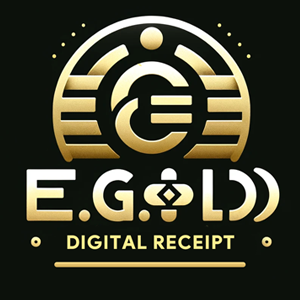
Table of Contents
- Understanding Blockchain-Based Gold Ownership
- How Blockchain Technology Powers Gold Ownership
- The Tokenization of Gold: What It Means for Investors
- Advantages of Owning Gold Through Blockchain Technology
- Leading Platforms for Blockchain-Based Gold Ownership in 2025
- Traditional Gold Ownership vs. Blockchain Gold: A Detailed Comparison
- Security and Transparency in Blockchain-Enabled Gold Ownership
- Liquidity and Accessibility of Blockchain Gold Investments
- Costs and Fees of Managing Gold on the Blockchain
- Practical Applications of Blockchain-Based Gold Ownership
- Regulatory Updates for Blockchain Gold Investments in 2025
- Risks and Challenges of Blockchain Gold Ownership
- Smart Contracts and Their Role in Blockchain Gold Investments
- Environmental Impacts of Blockchain Gold Ownership
- Emerging Trends in Blockchain Gold Investments for 2025
Understanding Blockchain-Based Gold Ownership
Blockchain-based gold ownership involves representing physical gold on a blockchain through tokenization. Each digital token corresponds to a specific quantity of gold stored in secure vaults, allowing ownership to be tracked and transferred on the blockchain.
How Blockchain Technology Powers Gold Ownership
- Tokenization: Physical gold is represented as digital tokens on a blockchain.
- Custody: Custodians securely store the physical gold.
- Verification: Blockchain records every transaction, ensuring ownership transparency.
- Transferability: Owners can trade or transfer gold tokens easily without the need for physical movement.
The Tokenization of Gold: What It Means for Investors
Tokenization converts physical gold into digital assets, allowing fractional ownership. For example, one token might represent one gram of gold. This democratizes gold investment, enabling smaller investors to access the gold market.
Advantages of Owning Gold Through Blockchain Technology
- Transparency: All transactions are recorded on the blockchain, making ownership verifiable.
- Accessibility: Investors can buy, sell, and trade gold globally without intermediaries.
- Fractional Ownership: Allows investors to purchase smaller quantities of gold.
- Liquidity: Gold tokens can be traded instantly on exchanges.
- Reduced Costs: Eliminates the need for storage and transportation by individual investors.
Leading Platforms for Blockchain-Based Gold Ownership in 2025
- PAX Gold (PAXG): Fully backed by physical gold stored in London vaults.
- Tether Gold (XAUT): Represents ownership of gold stored in Swiss vaults.
- Digix Gold Token (DGX): Each token corresponds to one gram of gold.
- GoldMint: Provides tokenized gold for trading and collateral.
Comparing Traditional Gold Ownership vs Blockchain Gold Ownership
| Aspect | Blockchain Gold Ownership | Traditional Gold Ownership |
|---|---|---|
| Ownership | Digital tokens | Physical possession |
| Liquidity | High | Moderate |
| Accessibility | Global | Limited by location |
| Transparency | Blockchain ledger | Relies on certificates |
| Storage Requirements | None for owners | Requires safes or vaults |
Security and Transparency in Blockchain Gold Ownership
Blockchain technology ensures that all transactions are tamper-proof and verifiable. Custodians provide proof of reserves, and smart contracts automate processes, enhancing trust and security.
Liquidity and Accessibility
Blockchain gold ownership offers unparalleled liquidity, enabling 24/7 trading across global platforms. Investors can access the market with an internet connection, bypassing traditional barriers.
Costs and Fees Associated with Blockchain Gold Ownership
Costs may include:
- Blockchain transaction fees
- Custodian charges for storage
- Platform fees for buying and trading
These are often lower than the costs associated with physical gold storage and transportation.
Use Cases for Blockchain-Based Gold Ownership
- Portfolio Diversification: Combines gold’s stability with blockchain’s efficiency.
- Cross-Border Transactions: Simplifies global gold trading.
- Collateral for Loans: Tokenized gold can be used as collateral in DeFi platforms.
- Gifting and Transfers: Easily transfer gold tokens digitally.
Regulatory Considerations
Regulations for blockchain-based gold ownership are evolving, focusing on:
- AML/KYC Compliance: Ensuring transparency and preventing fraud.
- Custodian Accountability: Verifying the secure storage of physical gold.
Risks and Challenges
- Reliance on Custodians: Requires trust in third-party storage providers.
- Regulatory Uncertainty: Varies by jurisdiction.
- Technology Dependence: Requires access to blockchain platforms and internet.
The Role of Smart Contracts in Blockchain Gold Ownership
Smart contracts automate transactions, ownership transfers, and compliance processes. For example, a smart contract can release gold tokens to a buyer once payment is verified, reducing the need for intermediaries.
Environmental Considerations
Blockchain systems, particularly proof-of-work blockchains, can have high energy demands. However, newer technologies like proof-of-stake reduce the environmental footprint.
Future Trends in Blockchain Gold Ownership
- Integration with Decentralized Finance (DeFi): Tokenized gold will play a role in lending, borrowing, and yield farming.
- Increased Adoption: As blockchain technology matures, more investors will embrace tokenized gold.
- Regulatory Clarity: Clearer regulations will boost trust and adoption.
FAQs About Blockchain-Based Gold Ownership
1. What is blockchain-based gold ownership?
It involves owning digital tokens backed by physical gold, tracked and transferred using blockchain technology.
2. How does tokenized gold differ from physical gold?
Tokenized gold is a digital representation of physical gold, offering enhanced liquidity and accessibility.
3. Is blockchain-based gold ownership safe?
Yes, it is secure when reliable custodians and blockchain platforms are used.
4. Can I redeem tokenized gold for physical gold?
Yes, most platforms allow redemption for physical gold, subject to their terms.
5. How do I verify the authenticity of blockchain gold?
Blockchain records and proof-of-reserve audits ensure authenticity and transparency.
6. What are the costs involved in blockchain gold ownership?
Costs include blockchain transaction fees, custodian charges, and trading fees, which are typically lower than traditional storage costs.
7. Can tokenized gold be used as collateral?
Yes, tokenized gold can be used as collateral for loans on decentralized finance (DeFi) platforms.
8. Is blockchain-based gold ownership regulated?
Regulations vary by region but are evolving to ensure transparency and investor protection.
9. Can I trade gold tokens globally?
Yes, gold tokens can be traded 24/7 on blockchain platforms, providing global accessibility.
10. What is the future of blockchain-based gold ownership?
The future looks promising with increased adoption, integration into DeFi, and more robust regulatory frameworks.
11. Can blockchain-based gold ownership replace physical gold investments?
Blockchain-based gold ownership complements rather than replaces physical gold investments. While tokenized gold offers enhanced liquidity and accessibility, physical gold retains its cultural, historical, and tangible value.
12. How can tokenized gold improve gold trading?
Tokenized gold simplifies trading by eliminating geographical barriers and intermediaries. It allows fractional ownership, making it more accessible to small investors, and transactions are faster and more transparent.
13. Are gold tokens affected by the price of gold?
Yes, the value of gold tokens is directly tied to the market price of physical gold, ensuring price stability and reflecting gold’s value.
14. Can I own fractional amounts of gold through blockchain?
Yes, tokenization enables fractional ownership, allowing you to own and trade small portions of gold, which is not feasible with physical gold.
15. What happens if the custodian storing the gold fails?
Reputable platforms have insurance policies and regulatory oversight to protect investors. It’s essential to choose platforms with strong audit practices and transparency.
16. How does blockchain enhance the transparency of gold ownership?
Blockchain records all transactions in an immutable ledger, making it easy to verify ownership, track transfers, and confirm the existence of physical reserves.
17. What is the role of blockchain in global gold trade?
Blockchain simplifies cross-border gold trading by reducing costs, eliminating delays, and providing a transparent platform for transactions.
18. How does blockchain address gold counterfeiting issues?
Blockchain technology ensures traceability and authenticity by recording the origin and custody of gold in a tamper-proof ledger.
19. Are gold-backed stablecoins the same as blockchain-based gold ownership?
Gold-backed stablecoins are a type of tokenized gold where each coin is pegged to the price of gold, offering stability. However, not all blockchain-based gold ownership involves stablecoins.
20. What are the environmental benefits of tokenized gold?
Tokenized gold reduces the need for transportation and individual storage of physical gold, minimizing its environmental footprint. However, the blockchain’s energy usage depends on the consensus mechanism used.
Blockchain-based gold ownership is transforming how investors interact with gold, making it more accessible, liquid, and secure. As technology evolves, this innovative approach will continue to bridge the gap between traditional investment methods and the modern digital economy, ensuring that gold remains a cornerstone of wealth management in the 21st century.
NOTE
This Content is the copyrighted content of EE.GOLD. All rights are reserved. You are welcome to share or use our content only by including direct links to our website. Any other form of reproduction, distribution, or use without proper attribution is strictly prohibited.
This Content is intended solely for educational purposes. The information provided does not constitute financial or investment advice.
Please note that Digital Storage Receipt, Secure Storage Solutions, and Physical Gold Sales are the only services offered by EE.GOLD.
We strictly adhere to government regulations and are firmly against all illegal financial or investment activities globally.
For further inquiries, feel free to contact us through our official channels.
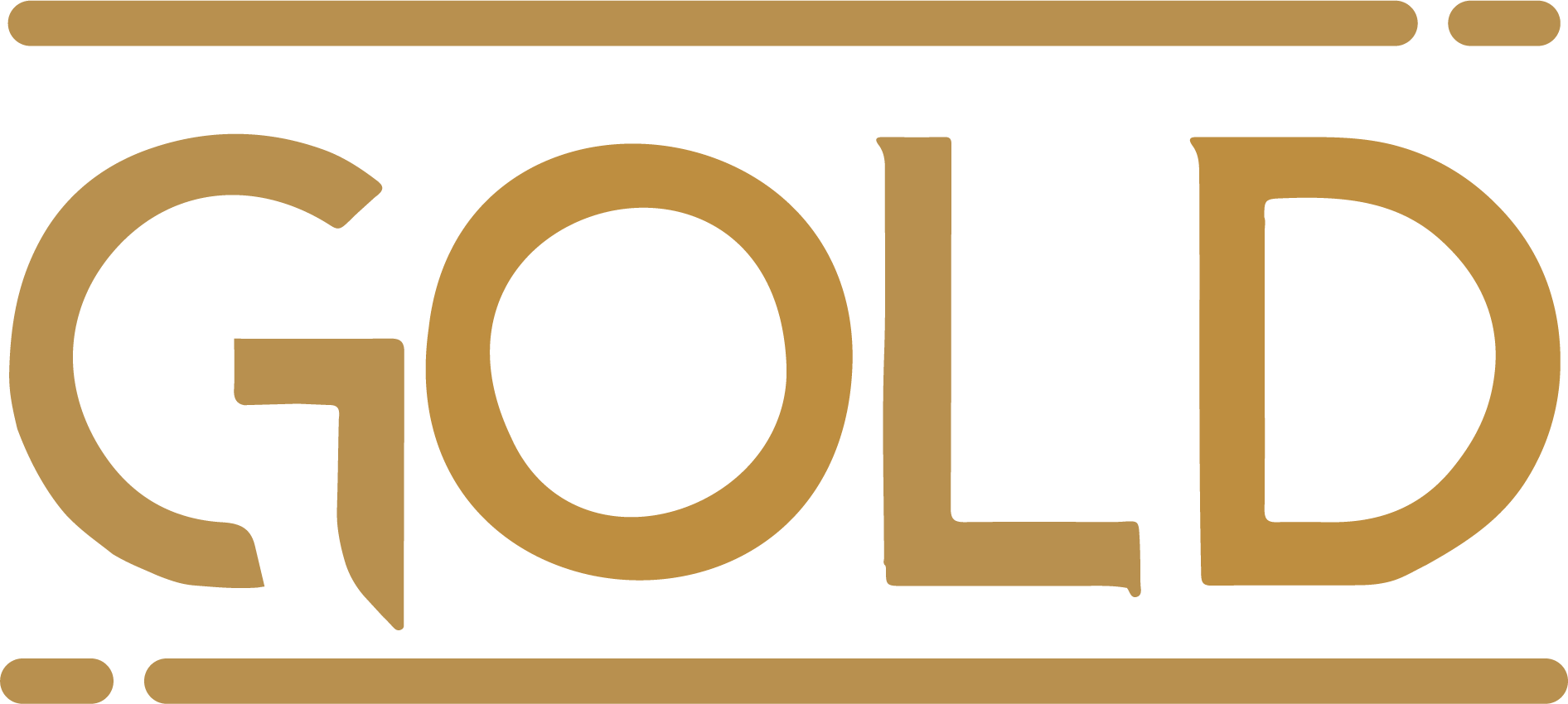
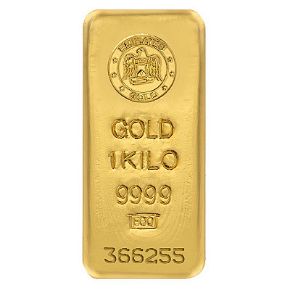
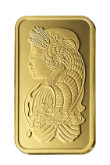

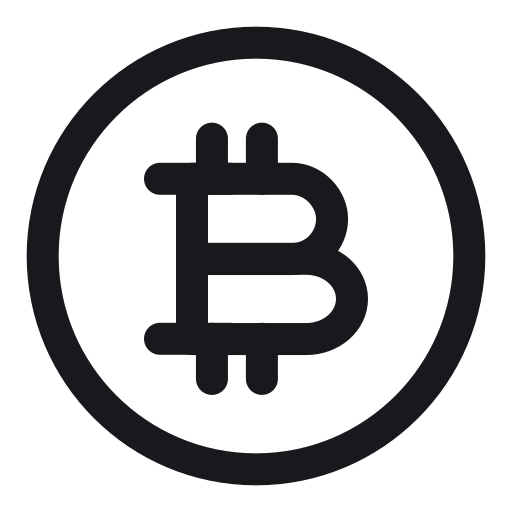
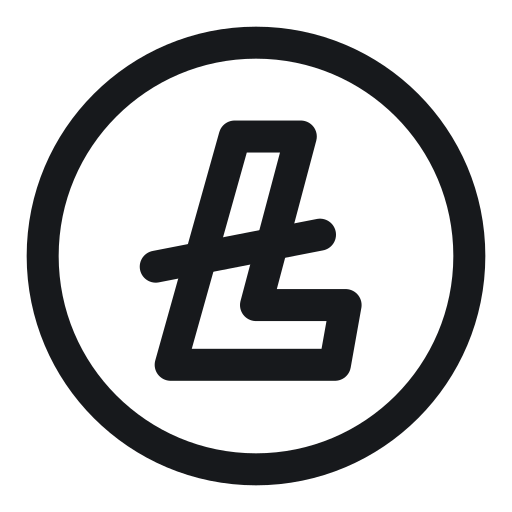
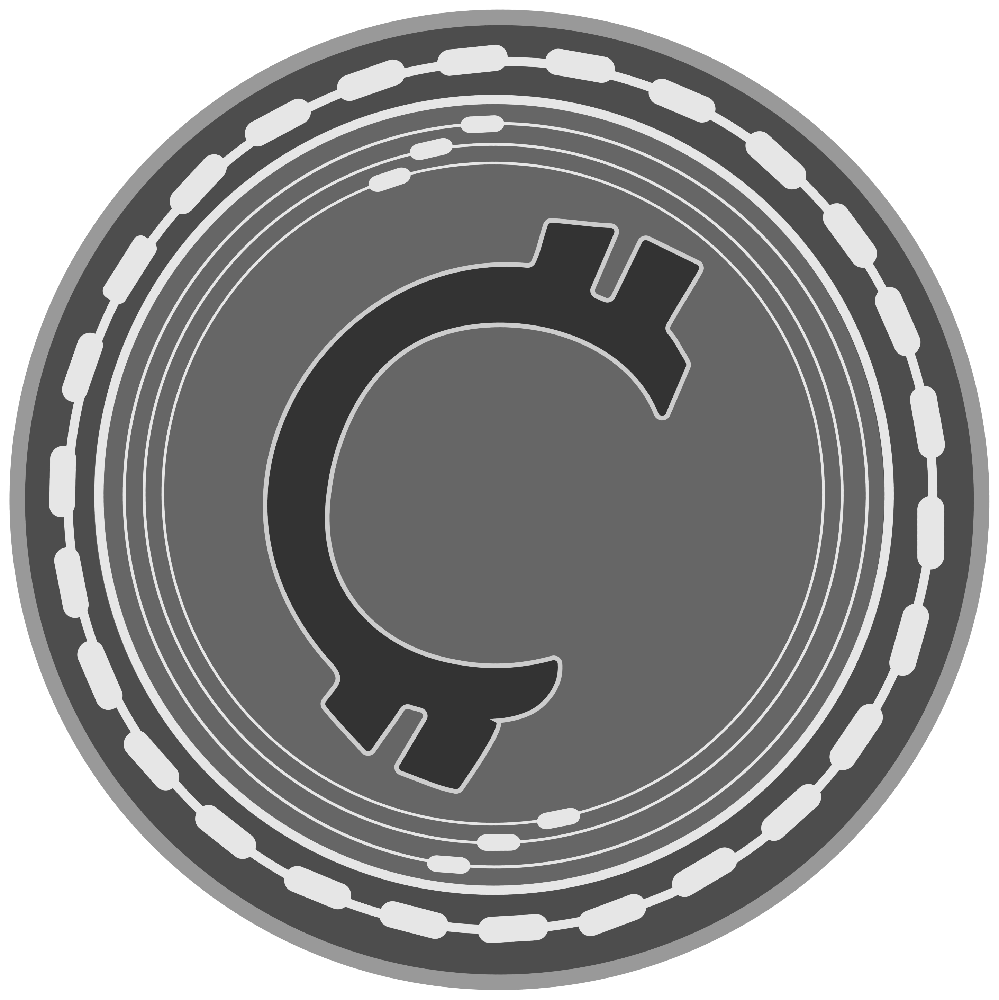
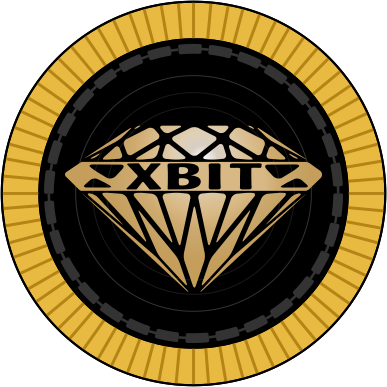
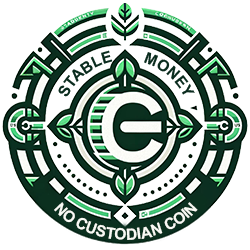
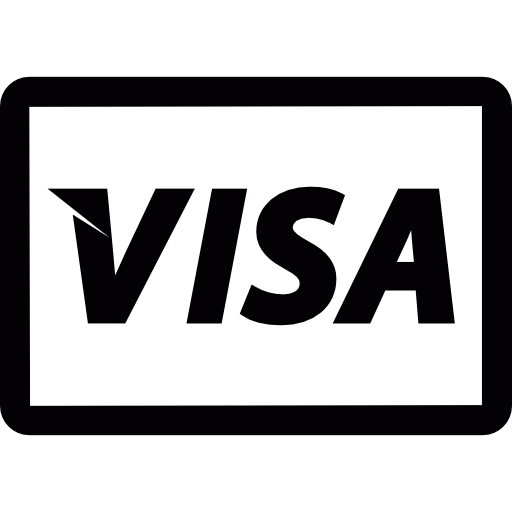
.png)

